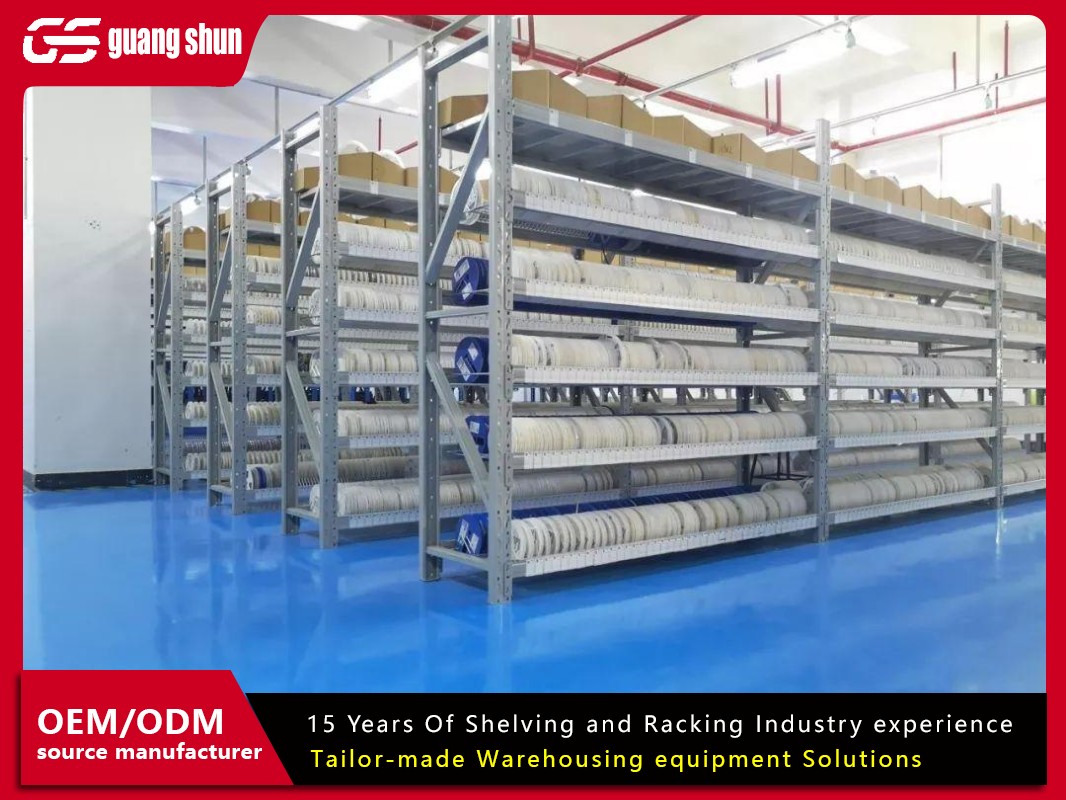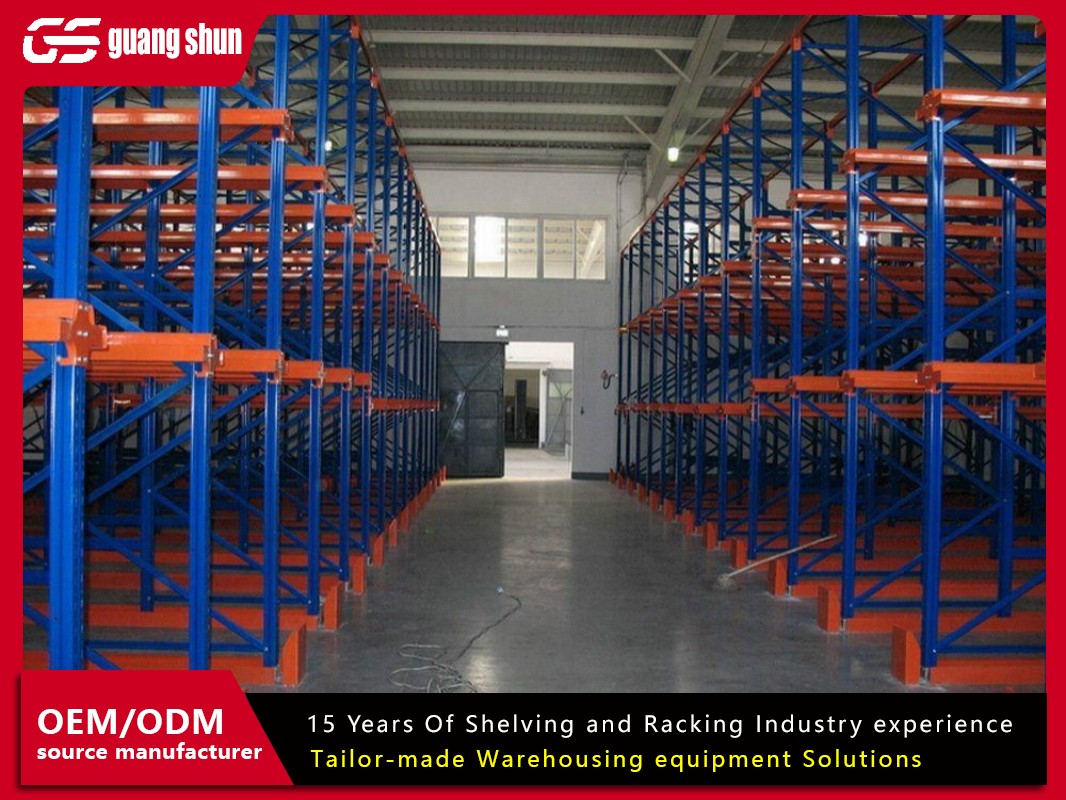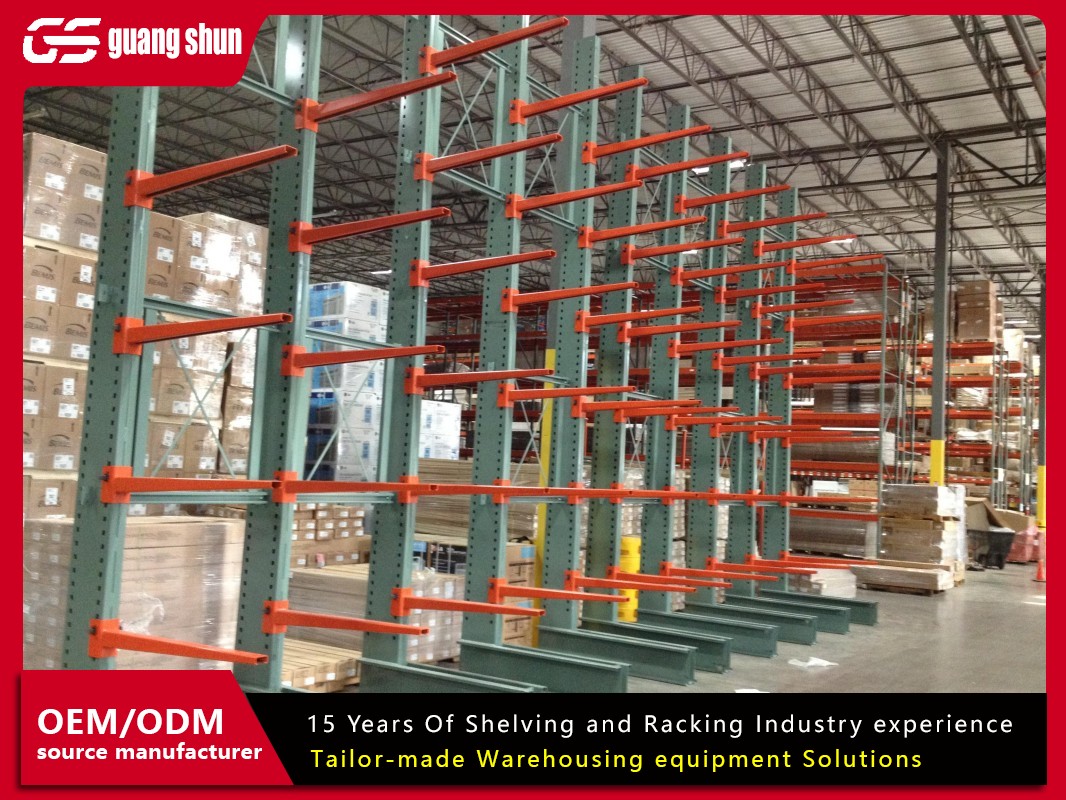Dismantling racking systems is a crucial task in various industries, from warehousing to retail, where storage solutions need to be reconfigured, relocated, or decommissioned. Whether you're upgrading to a new system, moving facilities, or simply clearing space, understanding how to properly handle the dismantling process can save time, reduce costs, and prevent accidents. In this article, we'll dive into the essential aspects of dismantling racking systems, covering everything from safety protocols to environmental considerations. By the end, you'll have a comprehensive grasp of how to approach this task with confidence, ensuring a smooth and successful operation. We'll explore five key areas that are vital for anyone involved in dismantling racking systems, providing practical insights and actionable tips.
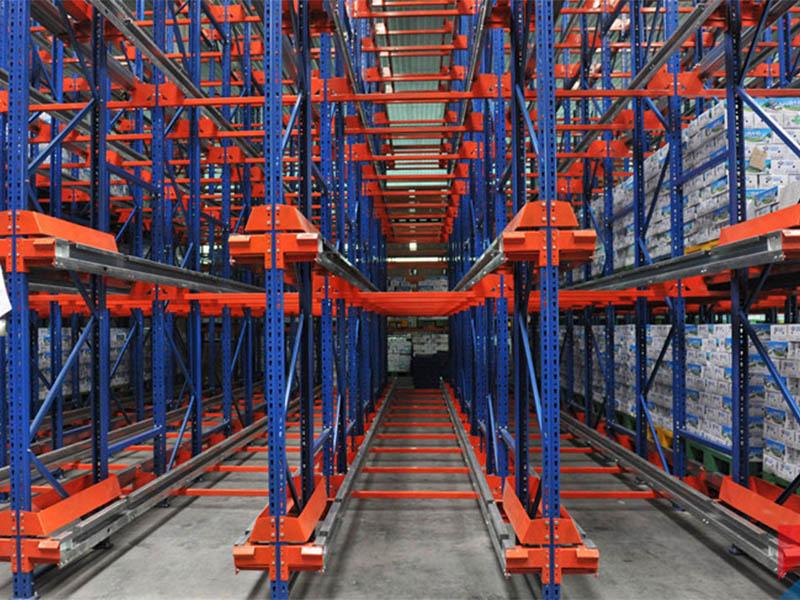
Safety Precautions for Dismantling Racking Systems
When it comes to dismantling racking systems, safety should always be the top priority. These structures are often heavy, tall, and under tension, posing significant risks if not handled correctly. Start by conducting a thorough risk assessment to identify potential hazards, such as falling objects, structural instability, or electrical issues. Ensure that all personnel involved in dismantling racking systems are trained in proper procedures and equipped with personal protective equipment (PPE), including hard hats, gloves, safety glasses, and harnesses for elevated work. It's also essential to secure the area with barriers and warning signs to prevent unauthorized access. Regularly inspect the racking systems for damage or corrosion before beginning the dismantling process, as weakened components can lead to collapses. By prioritizing safety, you minimize the risk of injuries and create a controlled environment for dismantling racking systems efficiently.
Moreover, communication is key during dismantling racking systems. Use clear signals and establish a chain of command to coordinate movements, especially when using machinery like forklifts or cranes. Always follow OSHA guidelines or local regulations to ensure compliance. Remember, a proactive approach to safety not only protects your team but also enhances productivity by reducing downtime caused by accidents. In summary, dismantling racking systems demands a disciplined safety culture—never cut corners, and always anticipate potential issues before they arise.
Tools and Equipment Required for Dismantling Racking Systems
Having the right tools and equipment is fundamental for a successful dismantling racking systems project. Without proper gear, the process can become inefficient and hazardous. Essential tools include wrenches, socket sets, and pry bars for loosening bolts and connectors, which are commonly used in dismantling racking systems. For larger systems, mechanical aids like forklifts, scissor lifts, or cranes may be necessary to handle heavy beams and uprights safely. Additionally, consider using pallet jacks or dollies to transport components once they're disassembled. It's also wise to have cutting tools on hand, such as angle grinders, in case any parts are welded or damaged and need to be separated.
When planning for dismantling racking systems, don't overlook the importance of storage solutions for disassembled parts. Use labeled containers or racks to organize hardware like nuts and bolts, which will streamline reassembly or disposal. Investing in quality equipment not only speeds up the dismantling racking systems process but also reduces the likelihood of damage to components, potentially saving money on replacements. Always inspect tools before use to ensure they're in good working condition, and train your team on their proper operation. By equipping yourself adequately, you turn the complex task of dismantling racking systems into a manageable and precise operation.
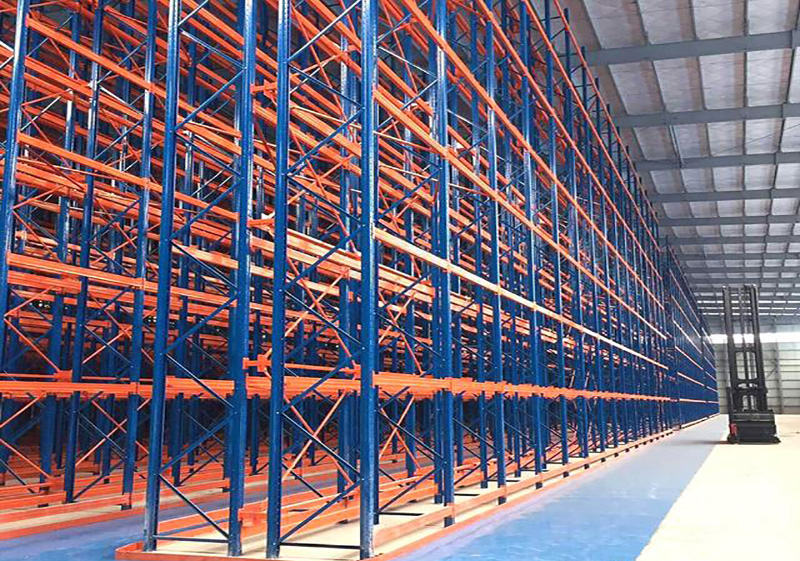
Step-by-Step Process for Dismantling Racking Systems
A systematic approach is essential when dismantling racking systems to ensure efficiency and safety. The process typically begins with planning and documentation. Start by creating a detailed diagram of the current racking systems, noting the sequence of components to avoid confusion during dismantling racking systems. Next, remove any stored items from the racks and clear the surrounding area. Then, proceed step by step: first, detach accessories like shelves or guards, followed by loosening bolts and connectors from the top down to maintain stability. This methodical dismantling racking systems process helps prevent sudden collapses and allows for controlled disassembly.
As you move through dismantling racking systems, work in teams to support heavy sections and use equipment like lifts for high areas. Once components are separated, inspect them for reuse or recycling, and stack them securely for transport. It's crucial to document each stage, especially if the racking systems will be reassembled elsewhere. This attention to detail in dismantling racking systems not only facilitates a smoother operation but also reduces the risk of errors that could lead to costly delays. By following a structured process, you can complete dismantling racking systems projects on time and within budget, while maintaining the integrity of the equipment.
Common Challenges and Solutions in Dismantling Racking Systems
Dismantling racking systems often presents challenges that can derail a project if not addressed proactively. One common issue is dealing with rusted or seized bolts, which can slow down the dismantling racking systems process significantly. To overcome this, apply penetrating oil beforehand and use impact tools to loosen stubborn connections. Another challenge is spatial constraints—tight spaces can make it difficult to maneuver equipment during dismantling racking systems. In such cases, consider disassembling components in smaller sections or using compact machinery designed for confined areas.
Additionally, time management is a frequent hurdle in dismantling racking systems, especially in busy facilities where downtime must be minimized. Develop a realistic timeline with buffers for unexpected delays, and prioritize tasks based on critical paths. Weather can also impact outdoor dismantling racking systems projects, so have contingency plans like temporary covers or indoor staging areas. By anticipating these challenges and implementing practical solutions, you can navigate the complexities of dismantling racking systems more effectively. Remember, experience plays a key role; learning from past projects can refine your approach to dismantling racking systems in the future.
Environmental and Disposal Considerations for Dismantling Racking Systems
In today's eco-conscious world, environmental responsibility is a critical aspect of dismantling racking systems. These systems are often made of metals like steel or aluminum, which can be recycled to reduce waste and conserve resources. When dismantling racking systems, separate materials into categories—such as reusable components, recyclables, and scrap—to facilitate proper disposal. Partner with certified recycling facilities to handle metal parts, ensuring they are processed in an environmentally friendly manner. This not only supports sustainability but can also generate revenue from scrap sales, offsetting some costs of dismantling racking systems.
Moreover, consider the carbon footprint of dismantling racking systems by optimizing logistics, such as using fuel-efficient transport for removed components. If hazardous materials like paints or coatings are involved, follow regulations for safe handling and disposal. By integrating green practices into dismantling racking systems, you contribute to circular economy principles and enhance your company's reputation. Ultimately, a thoughtful approach to environmental aspects in dismantling racking systems aligns with global sustainability goals while providing practical benefits.
Cost Analysis and Budgeting for Dismantling Racking Systems
Understanding the financial implications is vital for any project involving dismantling racking systems. Costs can vary widely based on factors like the size of the system, labor requirements, and disposal fees. When budgeting for dismantling racking systems, account for direct expenses such as equipment rentals, labor wages, and transportation. Indirect costs, like potential downtime or lost productivity, should also be considered. To keep dismantling racking systems affordable, obtain multiple quotes from suppliers and contractors, and explore cost-saving measures like reusing components or selling scrap metal.
Furthermore, investing in professional services for dismantling racking systems might seem expensive upfront but can prevent costly mistakes, such as damage to the structure or safety incidents. Use project management tools to track expenses and adjust plans as needed during dismantling racking systems. By conducting a thorough cost analysis, you can make informed decisions that balance quality and economy, ensuring that your dismantling racking systems project stays on budget and delivers value.
In conclusion, dismantling racking systems is a multifaceted process that requires careful planning, the right tools, and a focus on safety and sustainability. By addressing these five key aspects—safety precautions, tools and equipment, step-by-step processes, common challenges, and environmental considerations—you can tackle this task with confidence. Whether you're a facility manager or a hands-on worker, applying these insights will lead to more efficient and successful outcomes. Remember, dismantling racking systems isn't just about taking things apart; it's about doing so in a way that maximizes benefits and minimizes risks.
Frequently Asked Questions (FAQs)
Q1: What is the first step I should take when starting a dismantling racking systems project?
A1: The first step in dismantling racking systems is to conduct a comprehensive safety assessment and plan the process, including securing the area and ensuring all personnel are trained and equipped with proper PPE.
Q2: How long does it typically take to complete dismantling racking systems?
A2: The time required for dismantling racking systems varies based on the system's size and complexity, but a small to medium setup might take a day or two, while larger systems could require several days or more.
Q3: Can I reuse components after dismantling racking systems?
A3: Yes, many components from dismantling racking systems can be reused if they are in good condition; inspect them for damage and clean them thoroughly before reassembly or storage.
Q4: What are the most common safety risks associated with dismantling racking systems?
A4: Common risks during dismantling racking systems include falls from height, falling objects, structural collapses, and injuries from tools; these can be mitigated through proper training, equipment, and procedures.
Q5: How can I dispose of materials responsibly after dismantling racking systems?
A5: After dismantling racking systems, separate metals for recycling, contact certified disposal services for hazardous materials, and consider donating usable parts to reduce environmental impact.



